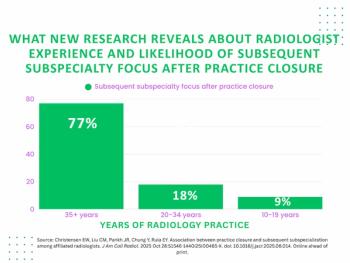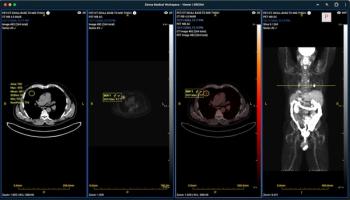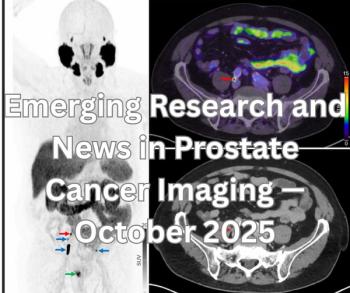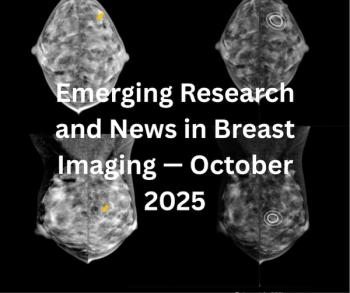
Philips concentrates on thin-client IT to handle challenges
In the push and pull of thin- versus thick-client PACS, Philips Healthcare has taken a perch on the razor’s edge.
In the push and pull of thin- versus thick-client PACS, Philips Healthcare has taken a perch on the razor's edge.
At the HIMSS conference in Orlando, FL, Philips showcased its iSite PACS platform as the cornerstone of enterprise-wide imaging. Philips has shied away from thick-client approaches, which allow desktop computers to carry some or all of the load for specific applications, according to Sybo Dijkstra, senior marketing director for Philips Healthcare Informatics.
"We want to refrain as much as possible from different infrastuctures," he said.
Dijkstra described the scalable thin-client platform, which relies on a central server for image processing, as the means for reaching a virtually unlimited base of users on desktop or mobile computing devices, including PDAs, to access patient data. Philips' XIRIS Radiology Information System complements iSite, he said.
Exemplifying the company's use of this distributed approach to reach outward to other "-ologies" is its Xper IM, designed to handle data coming from cardiac cath, and its Xcelera portal, which provides images and data from key cardiology subspecialties. And Philips' IT efforts go beyond imaging into the transmission and archiving of critical-care data generated in the ICU, patient and fetal monitors, and wireless products designed to supply patient data at the bedside.
"Our prime infrastructure is highly flexible and scalable, allowing us to easily add additional users," he said.
The foundation for this approach was not homegrown but acquired as part of Philips' 2005 purchase of PACS developer and provider Stentor. Since then, the company has built on core technologies, evolving the key function behind advanced visualization, its iSyntax. This capability is a kind of PACS-oriented version of just-in-time data delivery. It sends postprocessed studies, including 3D images, to desktop computers in an instant using mathematical representations of images called wavelets to deliver as much--but no more--imaging data as users need. This "intelligent distribution mechanism" makes optimal use of a hospital's bandwidth, Dijkstra said.
"It keeps pace with demand and shows you the images at the best resolution for that specific environment," he said.
But data processing and transmission are only two facets of an increasingly complex landscape for IT. Disparate systems in place at institutions are straining hospital CIOs and their informatics teams. Requirements met initially by individual departments are increasingly being addressed with a centralized, strategic approach.
"The prime concern is to keep all of these systems manageable," Dijkstra said.
He rates the battle to keep a lid on IT as a major challenge facing hospitals, one that Philips hopes to help solve as IT solutions continue to evolve.
The development of iSite and other Philips IT products is done internally. But the company is also keeping an eye out for externally developed innovations that might fill gaps in its portfolio. These might be in selected areas of the care cycle. Among the possibilities are establishing strategic positions in cardiology or oncology, Dijkstra said, "to name just a few."
Newsletter
Stay at the forefront of radiology with the Diagnostic Imaging newsletter, delivering the latest news, clinical insights, and imaging advancements for today’s radiologists.






























